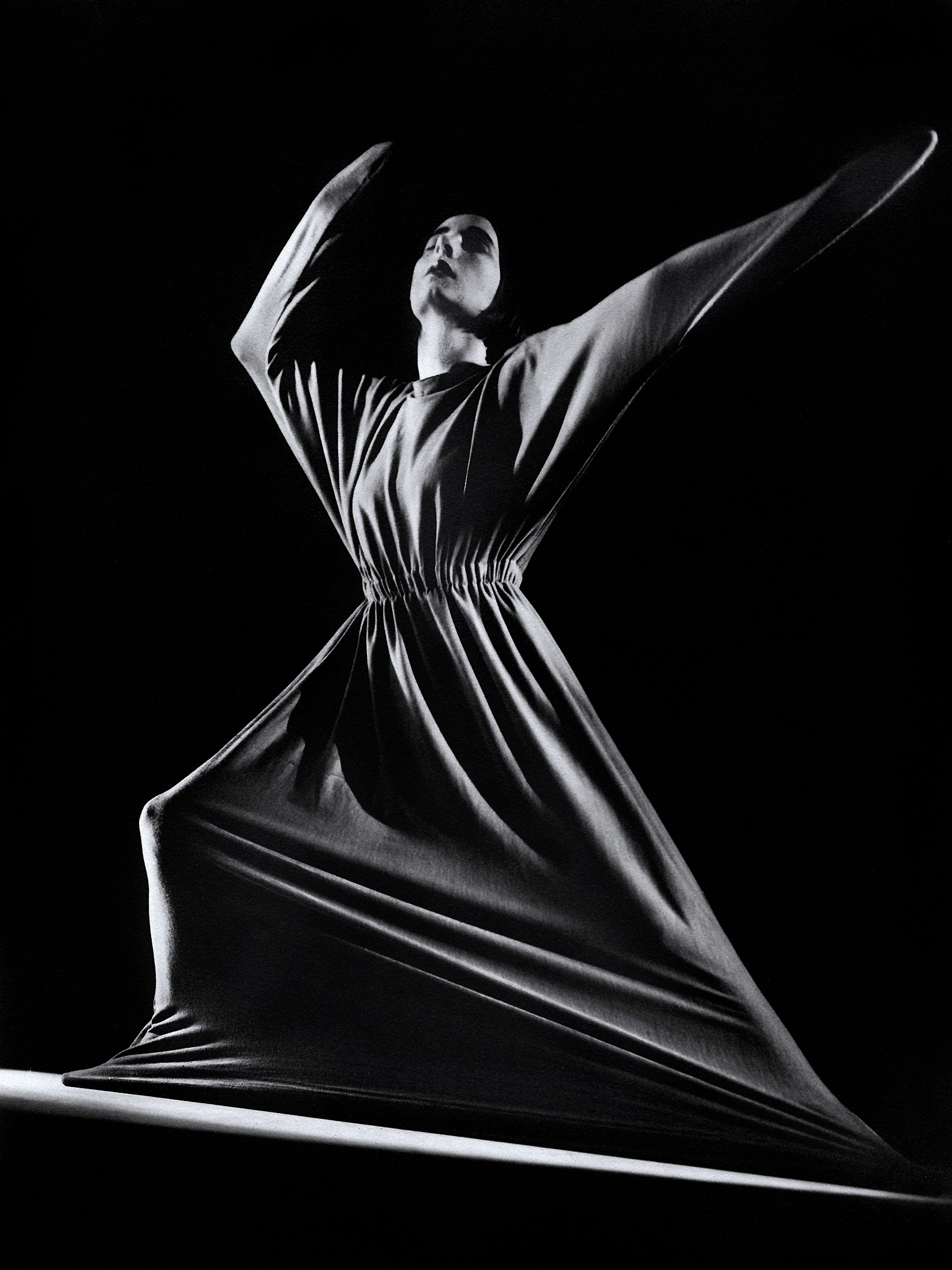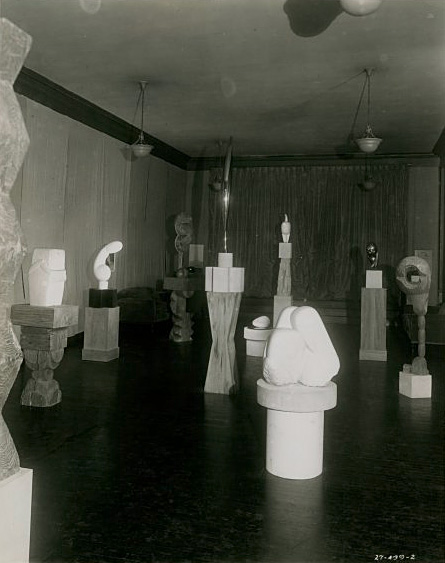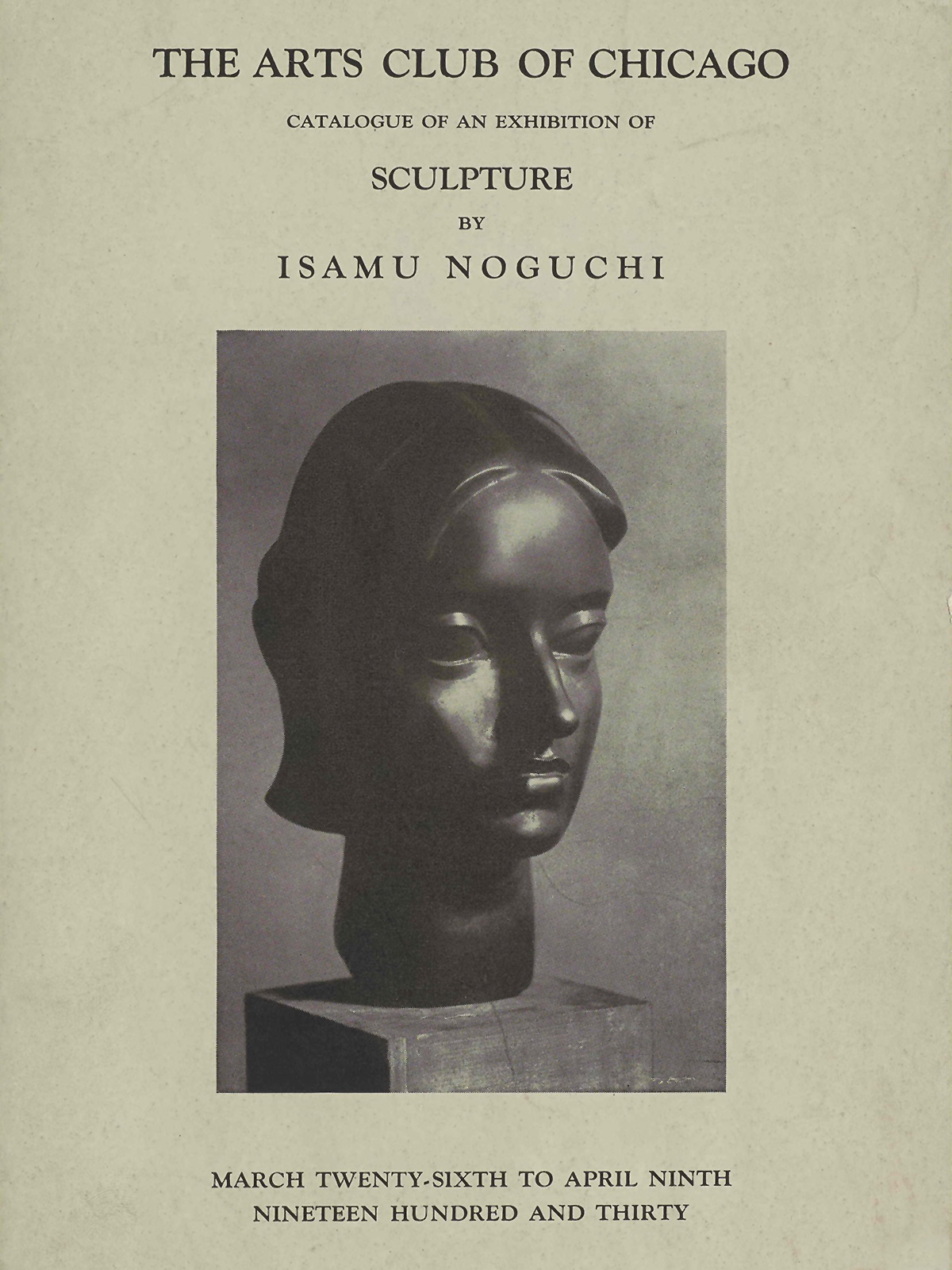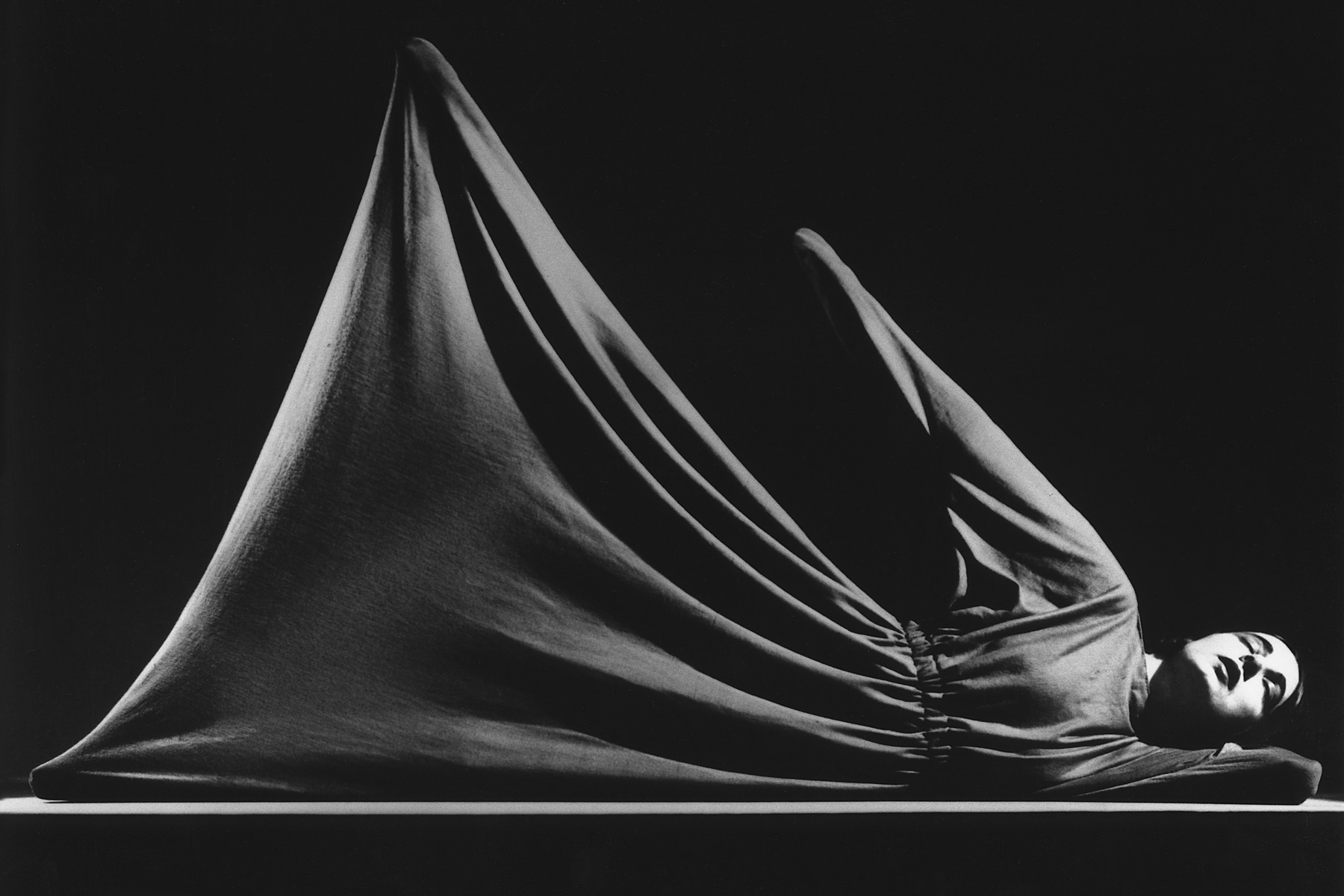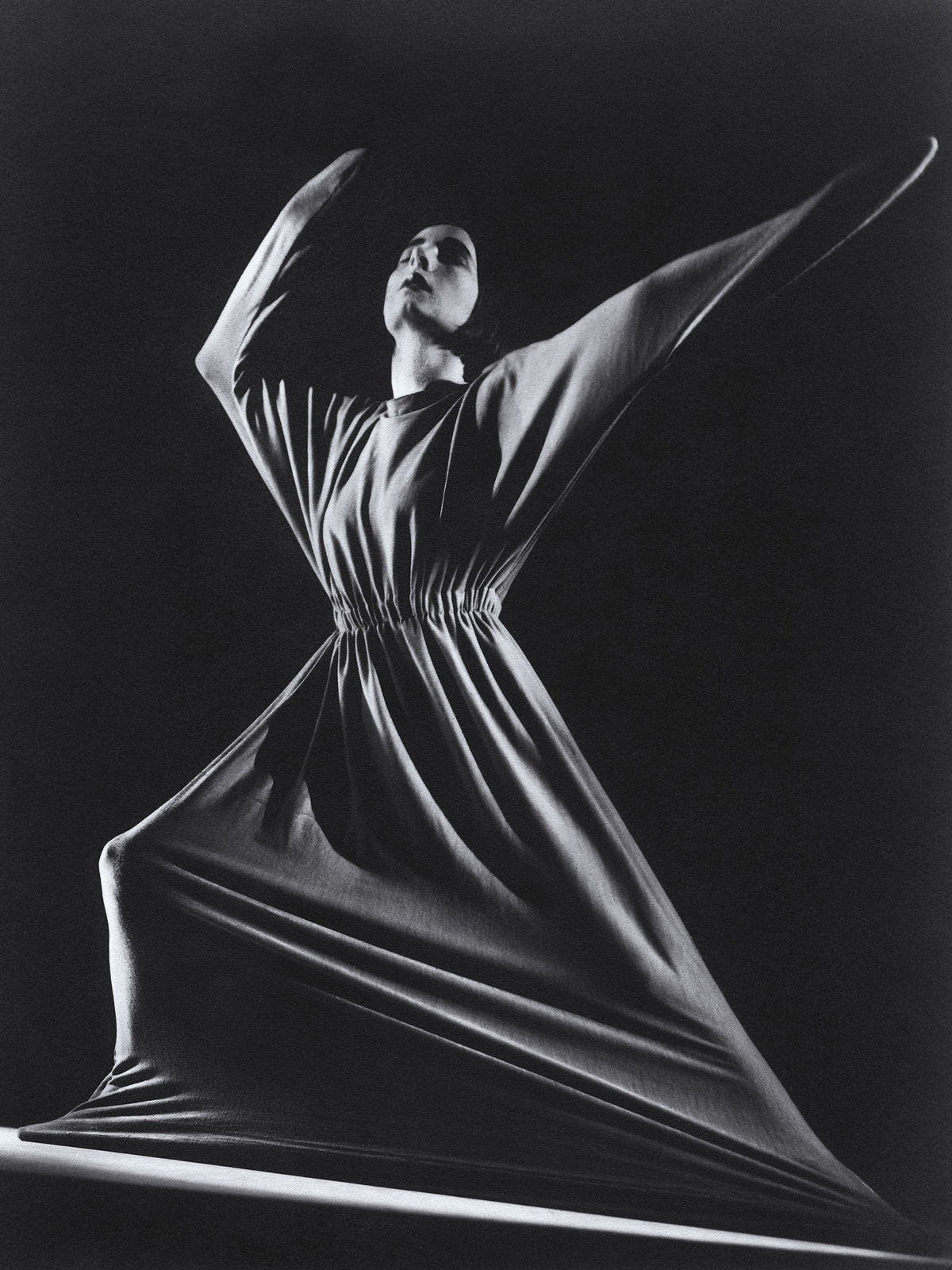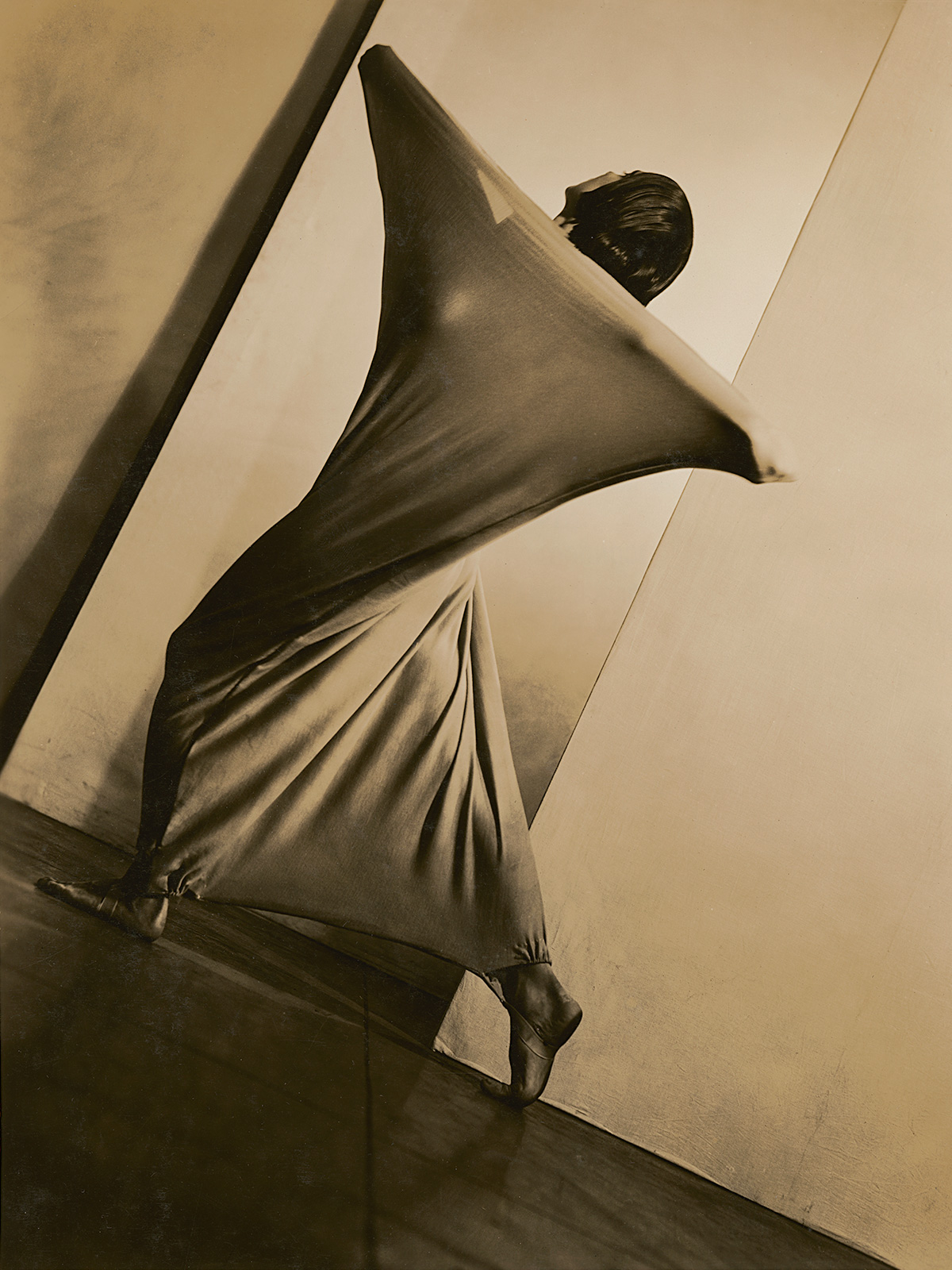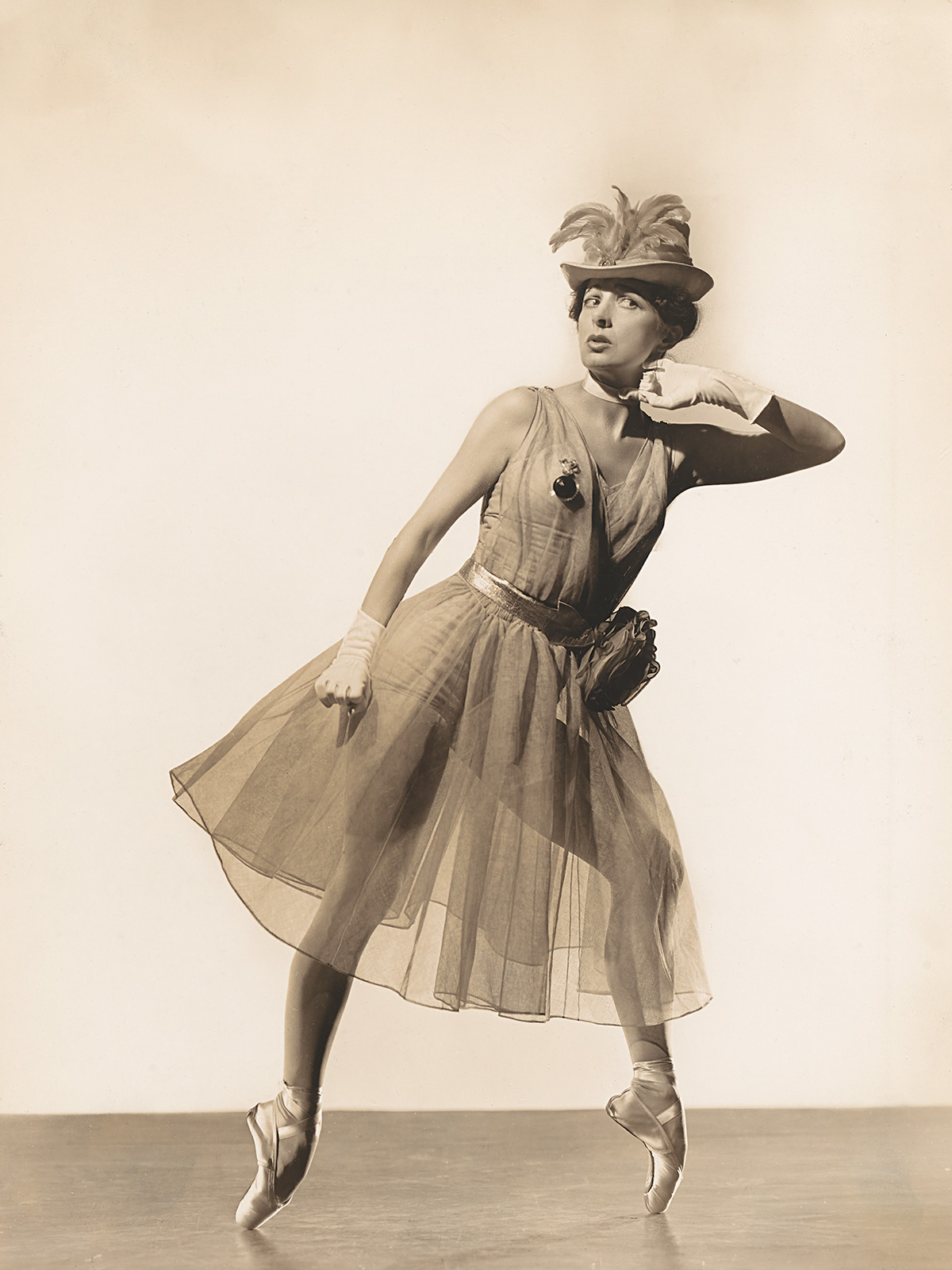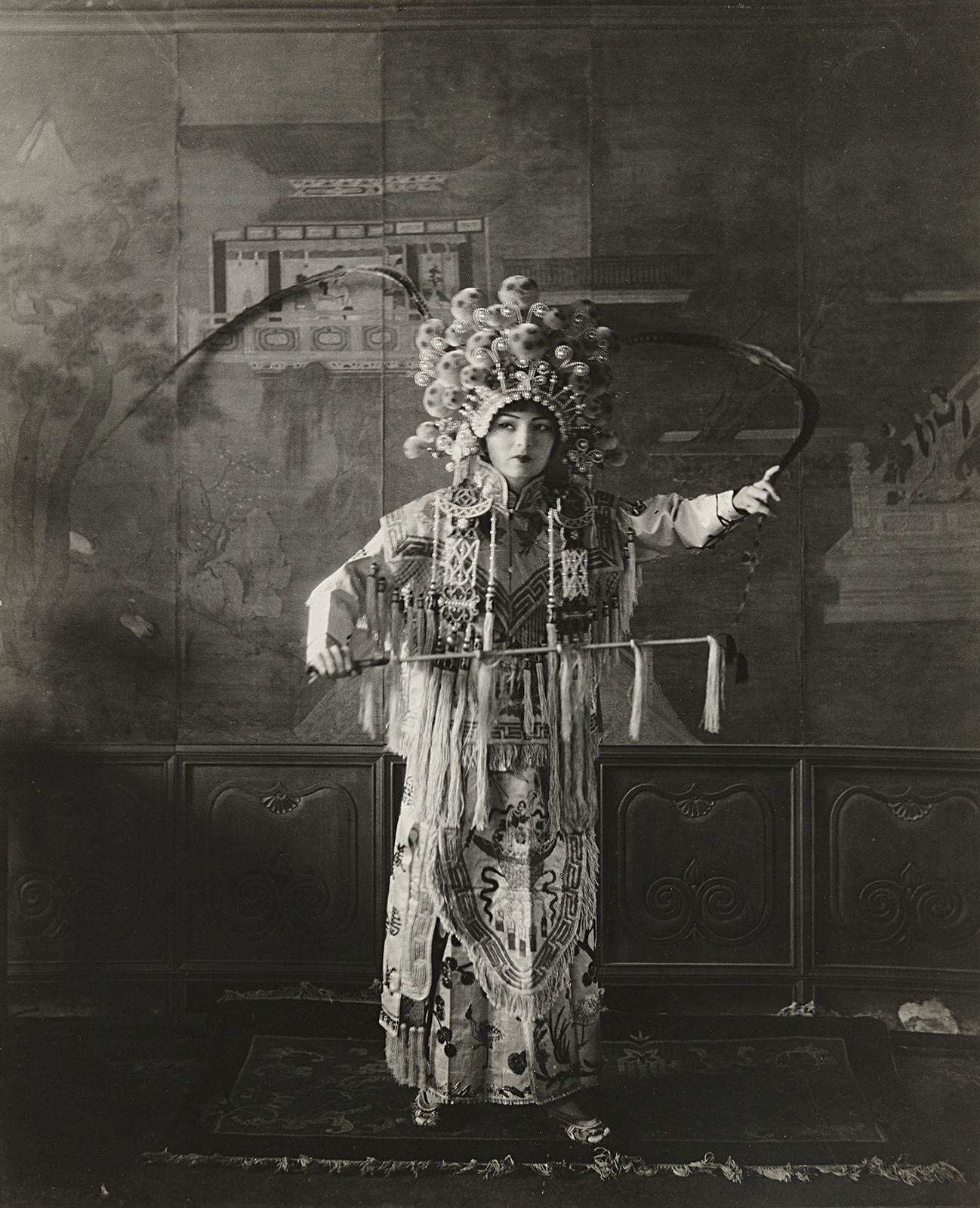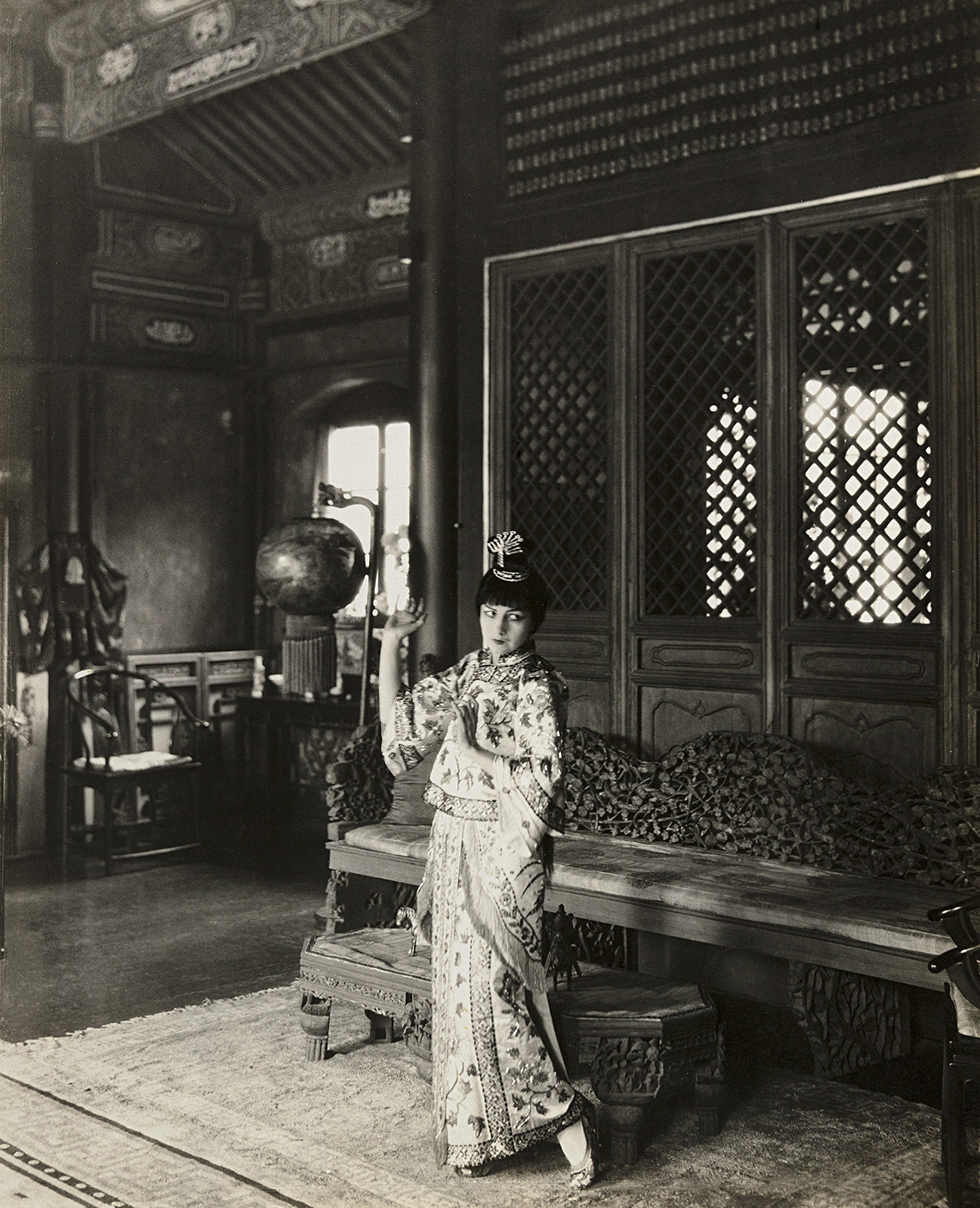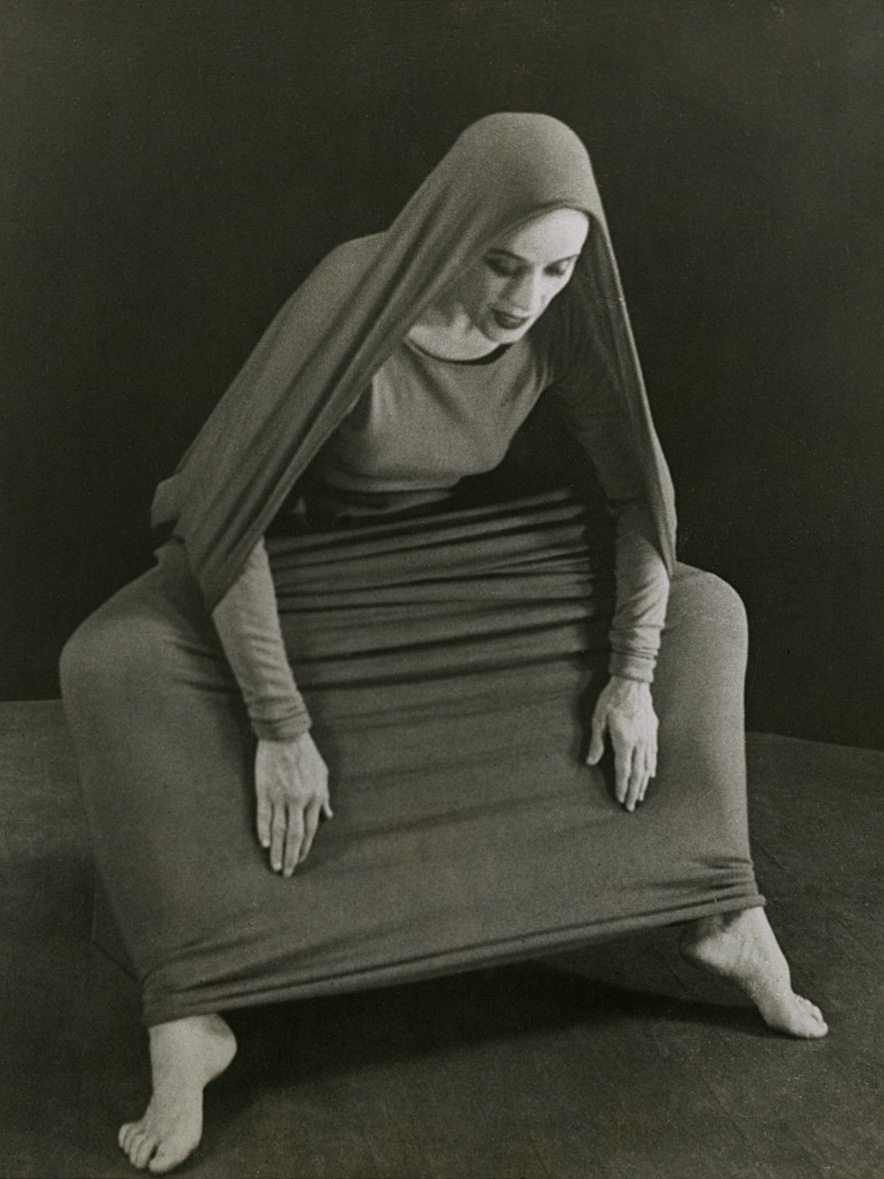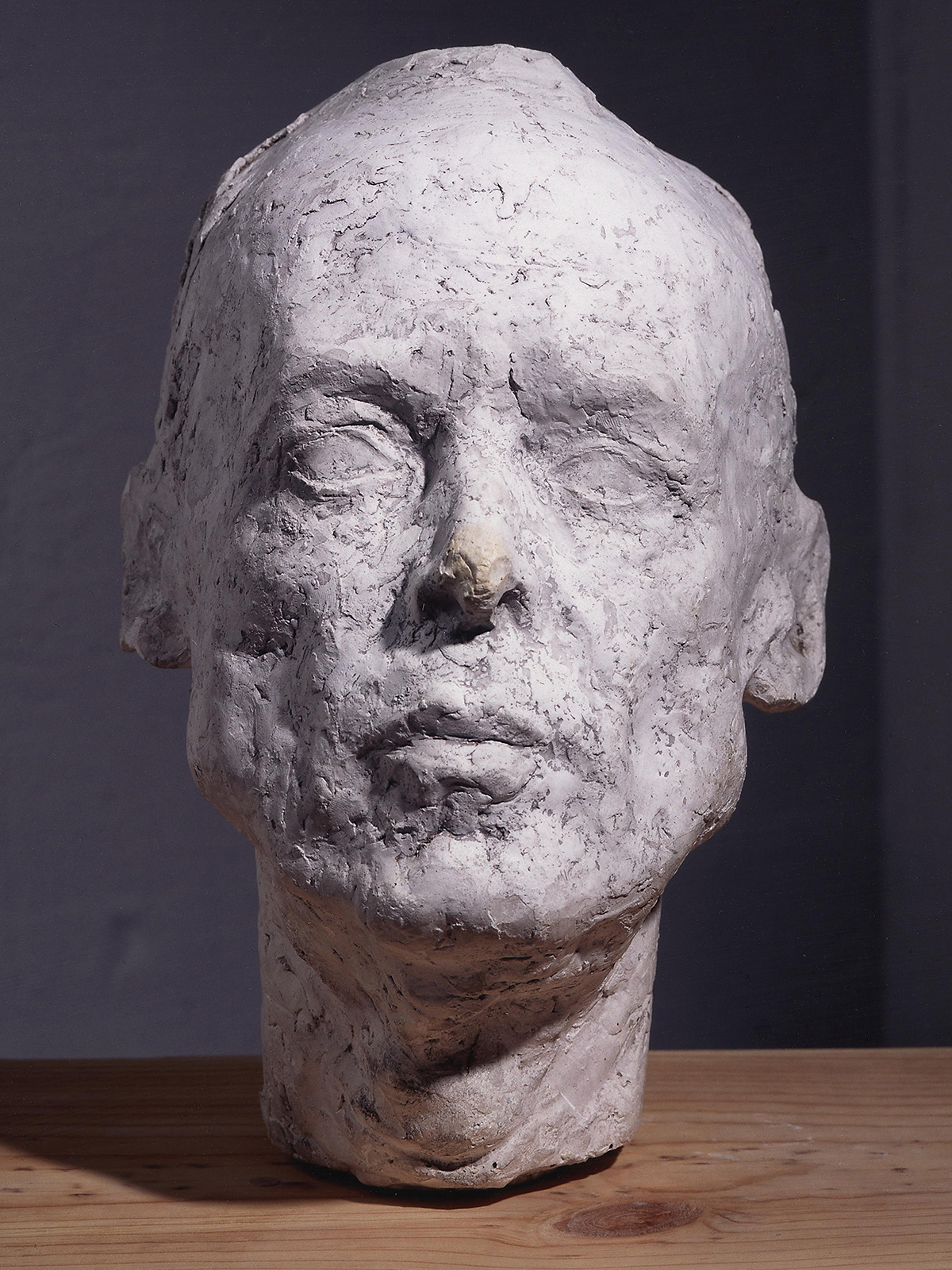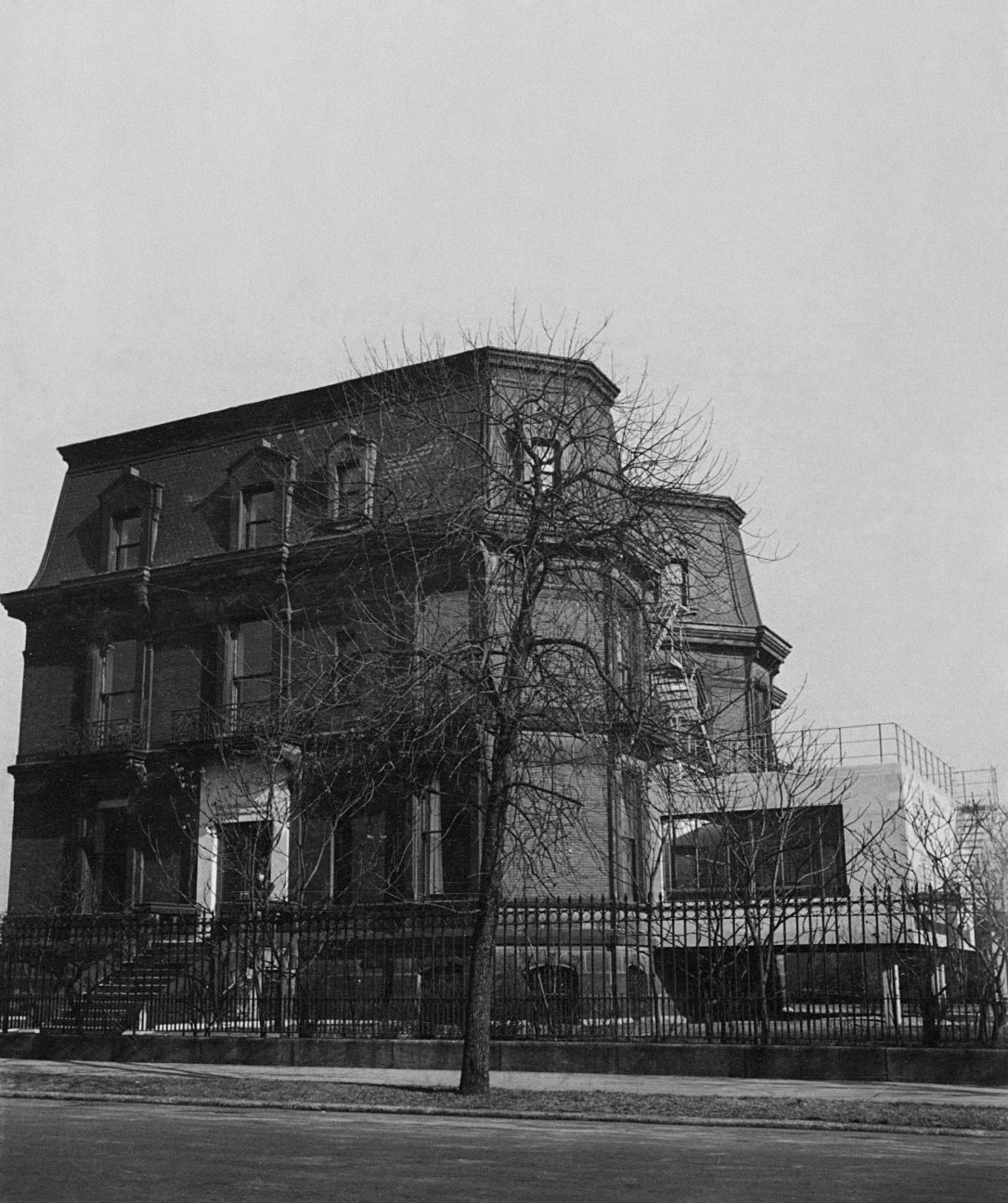By Liesl Olson
When the Chicago dancer and choreographer Ruth Page saw Isamu Noguchi for the very first time, she felt an electric charge. It was March 1932. Noguchi was in town for an exhibition of his sculpture and brush drawings at the Arts Club of Chicago, then located in the north tower of the Wrigley Building. One of the few places in Chicago that promoted avant-garde art, the Arts Club had given Noguchi his first Chicago show in 1930.1
